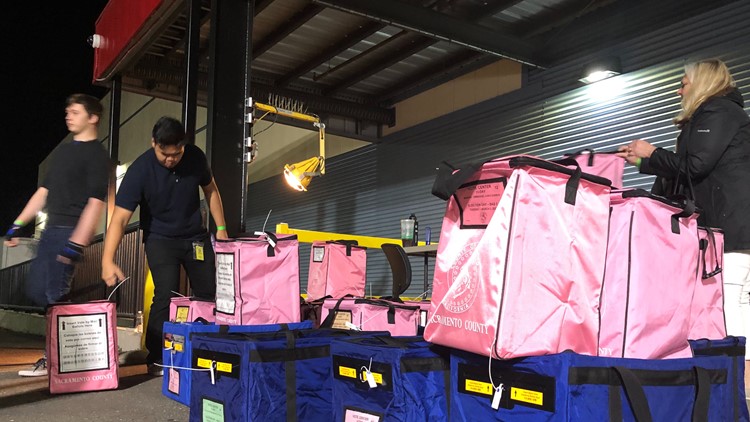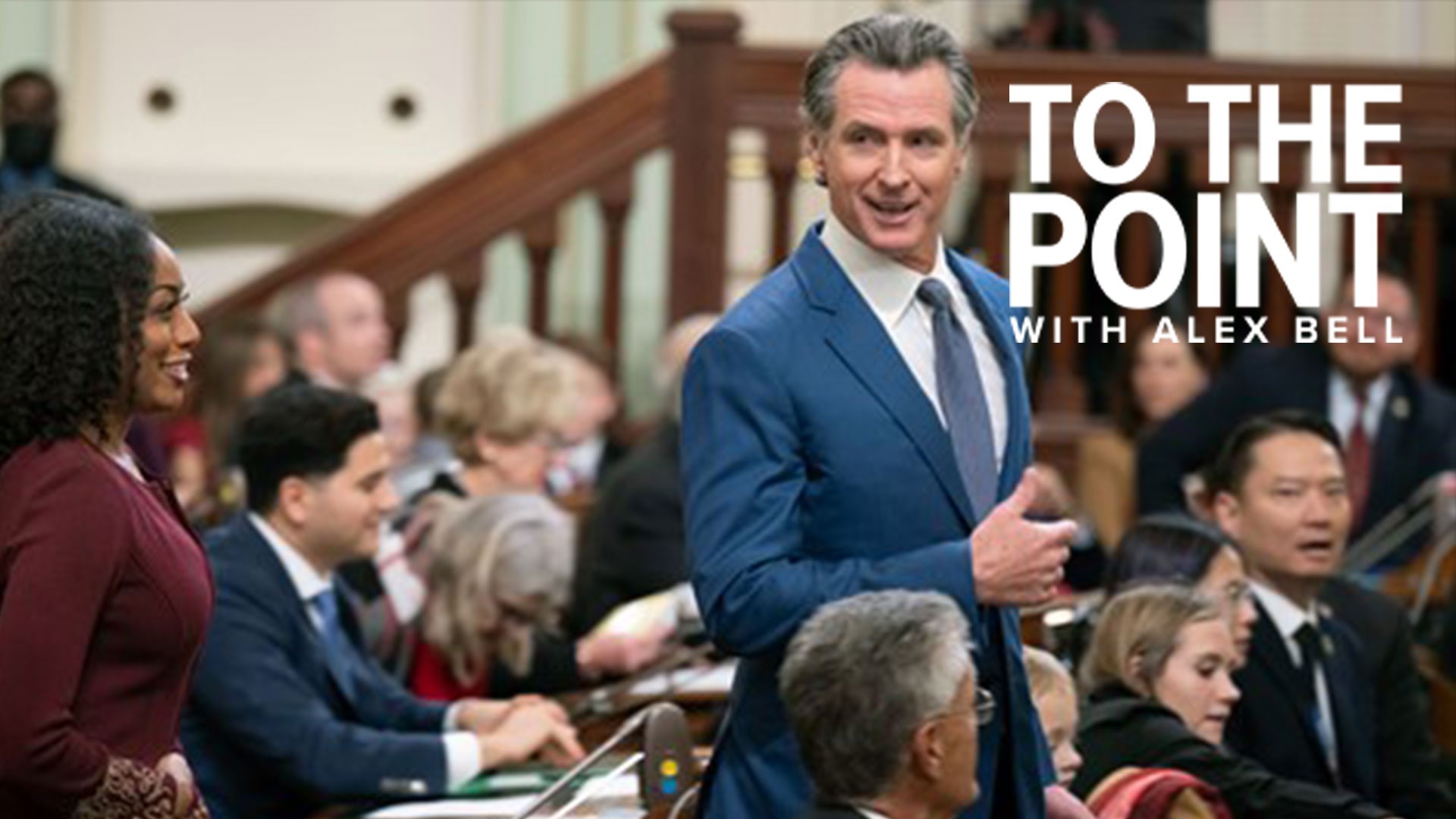CALIFORNIA, USA — Buried in the mountain of yet-to-be-deciphered popular will of Californians lie the fates of too-close-to-call statewide propositions and dozens of congressional and legislative races.
Patience for the final electoral tally may not come naturally to election watchers in Georgia and Pennsylvania — nor, for that matter, the president of the United States. But Californians should now be accustomed to the post-Election Day wait.
Taken at face value, the roughly 4 million remaining ballots would represent about 25% of the total turnout in the state. That’s a slightly smaller than the 30% that remained after the 2016 general election or the 38% in 2018.
But the estimate should not be taken at face value. There’s no uniform way to estimate the number of ballots remaining in California and many of the methods used are a little rough. County officials have been known to weigh the pallets of paper or measure the height of the ballot stacks to ballpark a figure.
For now, 3.6 million is the best estimate we have (although an unknown number of additional ballots will continue to arrive and be counted as late as Nov. 20, so long as they were postmarked by Election Day). Here’s what it means for the ballot measures:
As of this evening, the Associated Press has called 9 of the 12 propositions.
Of the three that remain, Prop. 15, the “split roll” measure that would modify iconic Prop. 13 by hiking property taxes on many businesses, is trailing by less than 4 points. To make up that difference, the “Yes” campaign will need to win at least 57% of remaining ballots.
Two uncalled measures currently ahead are Prop. 14, a bond measure that would fund stem cell research, and Prop. 19, a complicated initiative that would grant some property tax breaks to older homeowners while closing a tax break for some Californians who inherit homes from their parents.
Both measures will need to claim just over 45% of the outstanding vote to hold on to their narrow leads.
It’s unclear how realistic any of those percentages are, which is why the Associated Press hasn’t called the races yet. But we can make a few educated guesses based on which ballots are yet to be counted and where they’re coming from.
The ballots that remain largely fall into the category we’ve referred to as “stragglers.” They come from voters who dropped their ballots in the mail on Election Day, but which only arrived at county offices a day (or days) after, along with votes cast by Californians who registered to vote on Election Day itself.
The current batch also includes ballots in which there was some kind of glitch or error that needs to be double-checked or remedied before they can be counted. Examples: A voter forgot to sign a mail-in ballot envelope or signed it sloppily, a voter living in a county with assigned precincts goes to the wrong polling place, or someone arrives to vote in-person but forgot their ballot at home or never received one.
In elections past, this batch tended to come from less-reliable voters, a bloc that skews Democratic and liberal. If that trend holds in 2020, that would be good news for Prop. 15, the split-roll tax measure that many schools and local governments see as a financial lifeline.
“The hope is that they’re going to come from places where voters are more friendly for us,” said Alex Stack, a spokesperson for the Yes on 15 campaign. “There’s still a shot, for sure.”
But 2020 has been different. Reversing the typical pattern, Democrats rushed to vote early while Republicans opted to cast their ballots in person this year. That could mean that many more conservatives will find their votes in the last-to-be-counted ballot pile.
“This late vote might end up breaking Dem a little bit, but its not going to break Dem as much as the early vote did, so the ability of Democratic candidates to close in this late vote is a bit hampered by that,” said Paul Mitchell with the election data firm Political Data Inc.
In 2018, many Democratic candidates who were behind in the immediate post-election count caught up and were able to declare victory during the post-Election Day count. Orange County Reps. Gil Cisneros and Harley Rouda were beneficiaries of that “blue shift.” Both are currently behind in their re-election campaigns.
But we shouldn’t expect such a dramatic Democratic shift this time, said Mitchell.
And for proposition campaigns, which don’t always fall cleanly along partisan lines, “we shouldn’t expect those to shift as much either,” he said.
How the results might change in the days to come isn’t just a product of whose votes are left to be counted, but where they’re coming from.
For example, if the votes to be counted disproportionately hail from lefty strongholds like downtown Los Angeles and San Francisco, that would offer a glimmer of hope for progressive favorites.
But at first glance, the county-by-county distribution of unprocessed ballots are a mixed ideological bag.
Just shy of 10% of the uncounted total come from Riverside County — a decidedly purple corner of the state. Another 7% comes from center-left Sacramento County and 8% more from entirely-left Alameda County.
That’s important because that’s a much larger share than each counties’ contributions to the total vote count so far—around 4% from all three.
As more ballots are counted, the more the statewide vote will come to match some combination of Riverside, Sacramento and Alameda. That ideological hodgepodge that makes for an unpredictable mix.



